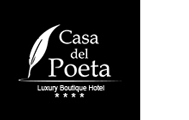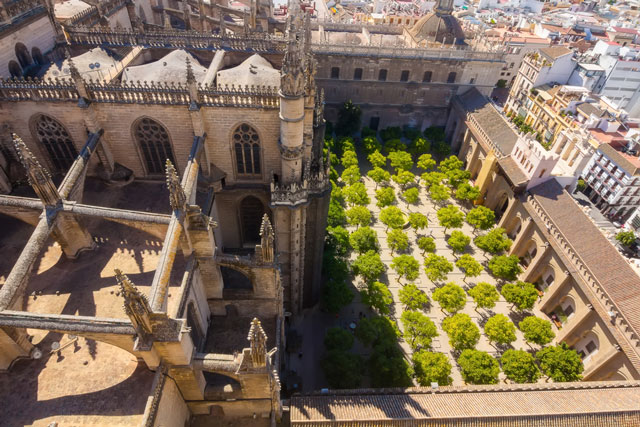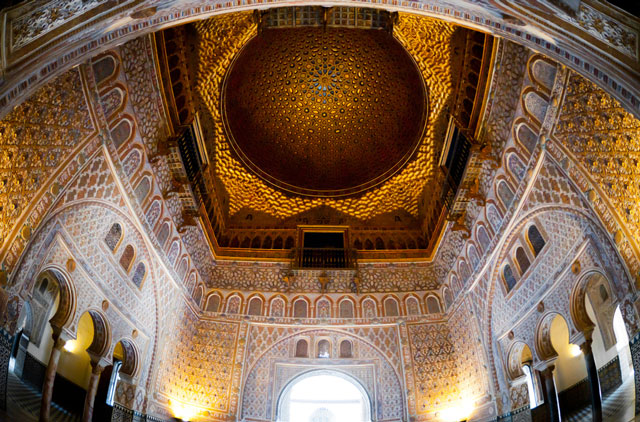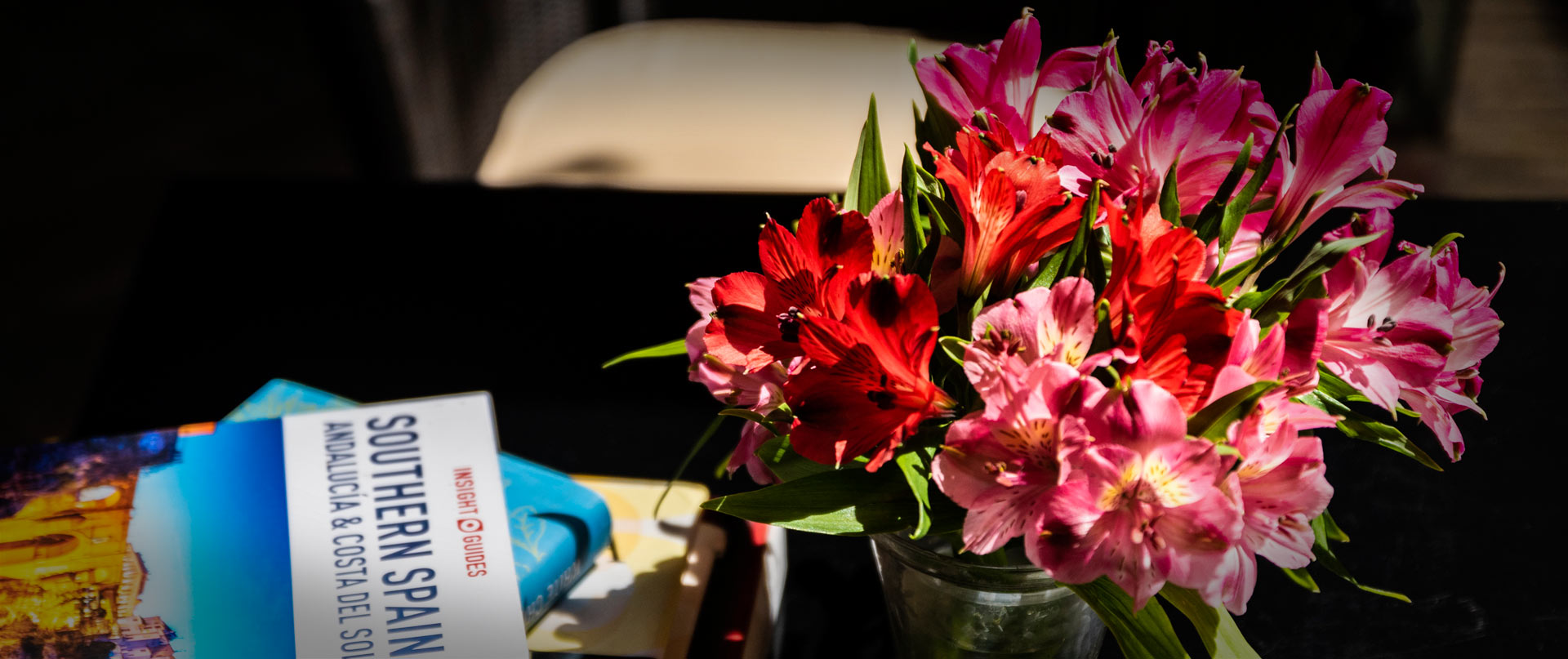
Tourism in Seville
Seville Cathedral
The Cathedral of our city was built on the site of a grand Almohad Mosque from the XII century which it has almohade origins. From this mosque, the alminar, Giralda and Patio de los Naranjos still remain. After the conquest of the city in the 1248 by Fernando III the Mosque was converted into a modern Catholic Church.
The Cathedral of Sevilla is the third biggest in the all world right after San Pietro in Vatican and San Pablo in London. It was declared Human heritage by the Unesco in 1987.
The temple has, among other people, the remains of Christopher Columbus and many kings: Pedro I “the cruel”, Fernando III “the saint”, and the son of Alfonso X “the wise”.
The Cathedral counts 5 naves and 25 chapels, with many paintings from famous Spanish painters.
Guarded inside the Cathedral you will find the cathedral treasure. Displayed in various halls, the treasure is made up of ornaments, pieces of different size and color, paintings, sculptures and altarpieces. To be highlighted the paintings between the XV and XX century of Pedro Campaña, Francisco Herrera, Francisco Zurbarán, Murillo, Valdés Leal.
Timetable Cathedral
- Mondays: from 11.00 am to 3.30 pm (from 4.30 pm to 6.00 pm free audio guide with reservation in English and Spanish)
- Tuesdays to Saturdays: from 11.00 am to 5.00 pm
- Sundays: from 2.30 pm to 6.30 pm
Duration of the visit: 1 hour and 30 minutes circa
Prices
- General entrance: 9 € (include the visit of the El Salvador)
- Reduce entrance: 4 € (retired people and students)
- Audio guide: 3 €
Timetable Alcazar
- Every day from 9.30 am to 5.00 pm, except for Christmas. Optional visit at the royal apartment between 10.00 am and 1.00 pm.
Price
- General entrance: 9,50 €
- Reduced entrance: 2 €
- Audio guide: 5 €
Royal Alcazar of Sevilla
This palace is a fortress built for Abd Al Raman III, in the X century. It has a mixture of different styles, Islamic in the beginning, Mudejar and gothic in the period following the conquest of the city by the
Castilian troops. Renaissance and Baroque elements are added on the diversity of styles. Between them, the tile altar build in the 1504 for Francisco Niculoso Pisano or the altarpiece dedicated to the “Virgen de los Almirantes”.
Inside the Real Alcázar you will find different rooms as example the principal entrance made through the Lion’s door, known before as the hunting’s door.
Noteworthy inside the palace is the courtyard of the maidens, where you will find extraordinary plinth of tile, or the courtyard of the dolls, with an interesting collection capitals.
The gardens of the Alcazar are very important during the visit to the Palace. They are arranged with plenty of vegetation and gather many styles: Arabic, renaissance and modern.
The palace is the official lodging of the royal Spanish family and the country leaders whom visit the city.
It was declared Human Heritage by the Unesco with the Cathedral and the archives of the Indie in 1987.
Barrio de Santa Cruz (Jewish Quarter)
This labyrinth of narrow streets and alleyways is where our boutique hotel is located.
The quarter has its origins in the old Jewish quarter of Seville. When King Fernando III of Castilla conquered the city, concentrated in Seville was the most important Jewish community in Spain, the second after Toledo. This Jewish quarter was located on the actuals Santa Cruz and San Bartolomé quarters. Despite the expulsion of the Jews in 1483, some of the Jewish and Muslim population remained in those two quarters.
In the late nineteenth century, Santa Cruz was vanishing and only with the Latin American Exhibition in 1929 it recovered its glory.
In Santa Cruz square was located Santa Cruz Church which gave the name to this quarter. This church, of Mudejar style, was built on the remains of a synagogue that was located on the same place. During the French occupation (1811) the church was demolished, burying the remains of the famous sevillian painter Murillo. The church located there, was moved to the old convent of “Clérigos del Espíritu Santo”, which is actually Santa Cruz church, located in Mateos Gagos street.
There are many legends about Santa Cruz quarter like, for example, the love story between Don Juan and
Doña Inés, or the tragedy of the beautiful Susona.
Nowadays, in our quarter you can enjoy many restaurants and very popular “tablaos flamenco” where you can discover the artistic origins of the city.
